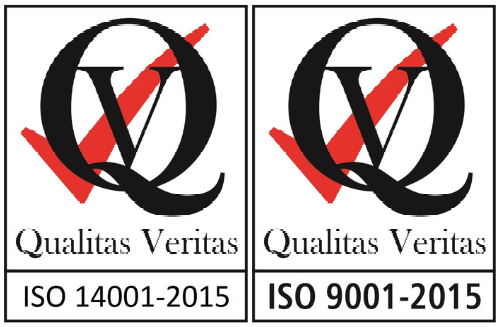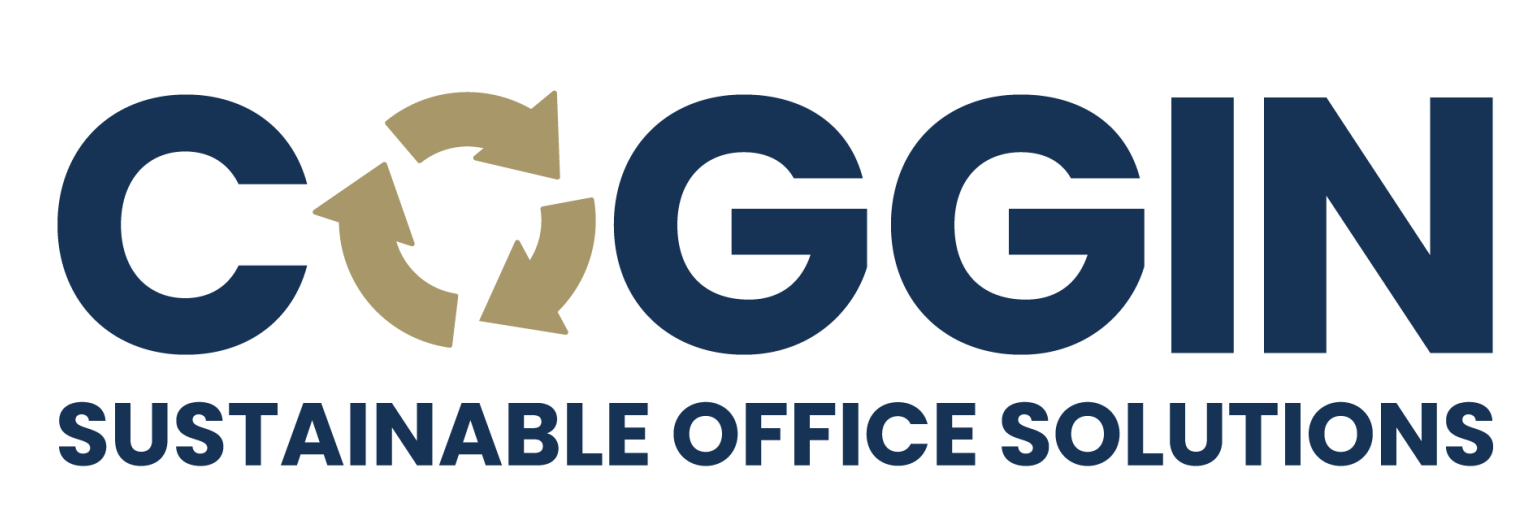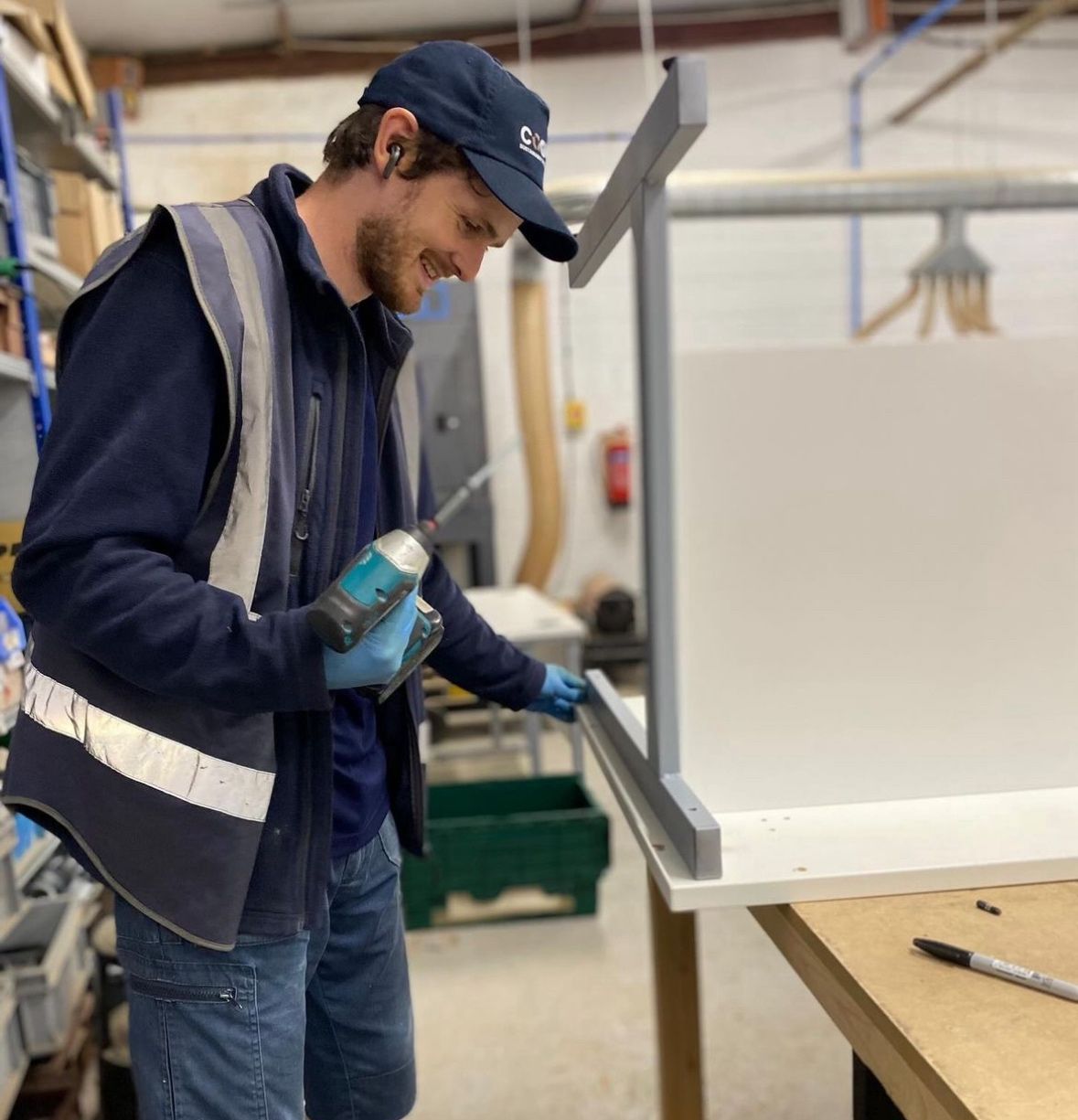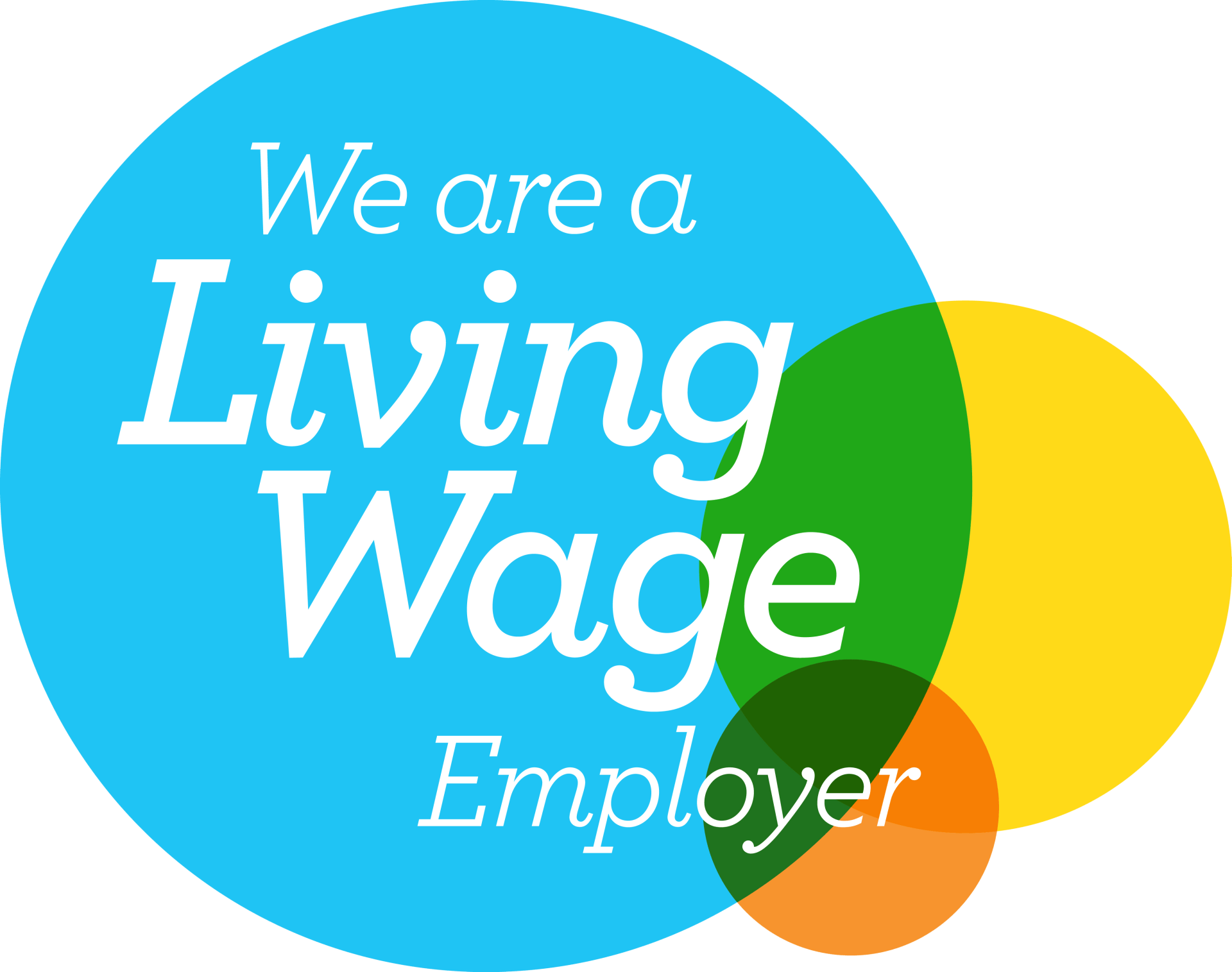Embracing Sustainability: The Transformative Power of VRPs in Office Furniture
Revitalising Office Spaces: The Green Revolution Through VRPs
The dawn of sustainable practices in the business world has brought Value Retention Processes (VRPs) into the spotlight. Based on the insightful report by Oakdene Hollins for Innovate UK, we explore the critical role of VRPs in enhancing resource efficiency, particularly in the office furniture sector.
The Importance of VRPs:
VRPs, including remanufacturing, refurbishment, repair, and reuse, are pivotal in maximising product life and minimising environmental impact. These processes redefine the traditional lifecycle of products, pushing towards a more sustainable future.
VRPs in the Office Furniture Sector:
The office furniture industry, often criticised for its environmental footprint, finds a sustainable path forward through VRPs. This approach transforms waste into valuable resources, breathing new life into old furniture.
Benefits of Adopting VRPs:
VRPs offer significant environmental benefits, such as reducing landfill waste and conserving raw materials. Economically, they present opportunities for cost reduction, employment growth, and the development of new market niches.
Challenges and Solutions:
Adopting VRPs is not without challenges. The report details these obstacles and proposes strategies to overcome them, emphasising the need for policy support, consumer awareness, and industry collaboration.
Lack of Understanding of Material Composition in Independent Actors
This point highlights a significant knowledge gap among smaller, independent players in the furniture industry. Understanding the material composition is crucial for effective recycling, refurbishing, or repurposing of furniture. Without this knowledge, these actors may struggle to participate meaningfully in VRPs. This gap could stem from a lack of resources or access to information compared to larger manufacturers or retailers. Addressing this gap is essential for creating a more inclusive and effective VRP framework, as it would enable a broader range of participants to contribute to circular economy practices within the furniture industry.
1. Education and Training Programs
- Develop Comprehensive Training Modules: Create educational programs focused on material composition, recycling processes, and sustainable design principles for independent furniture makers and retailers.
- Collaboration with Industry Experts: Facilitate partnerships with larger manufacturers or environmental organisations to share knowledge and best practices about material composition and sustainable sourcing.
2. Access to Resources and Information
- Create Online Portals and Databases: Establish online resources providing detailed information on various materials used in furniture, including their environmental impact and recyclability.
- Industry Workshops and Seminars: Regular workshops and seminars can help disseminate knowledge and encourage dialogue among different stakeholders about sustainable furniture production.
3. Supportive Policies and Incentives
- Government and Industry Support: Offer incentives such as subsidies or tax breaks for small businesses that invest in learning about and using sustainable materials.
- Certification Programs: Introduce certification programs for furniture that meets certain sustainability criteria, encouraging independent actors to adhere to these standards.
Procurement Processes Favor New Products
This point indicates a systemic bias in procurement processes towards new furniture products. Such a bias can be due to various factors like corporate policies, perceived customer preferences, or a lack of established channels for acquiring and integrating repurposed or refurbished furniture. This preference for new products can undermine the potential market for furniture items within VRPs. To counteract this, there may be a need for policy interventions, awareness campaigns, or incentives to encourage the procurement of furniture through VRPs. Altering these processes could significantly impact the demand for VRP furniture, potentially leading to a more sustainable furniture lifecycle.
1. Implement Sustainable Procurement Guidelines
- Develop and Adopt Green Procurement Policies: Encourage organisations to revise their procurement policies to include criteria that prioritise sustainable and VRP furniture.
- Set Procurement Targets: Establish specific targets for purchasing a percentage of furniture from VRP sources, making it a formal part of the procurement strategy.
2. Incentivising Sustainable Purchases
- Government Incentives: Implement tax breaks, subsidies, or other financial incentives for organisations that prioritise VRP furniture in their procurement.
- Recognition and Certification: Provide certifications or awards to companies that demonstrate leadership in sustainable procurement practices.
3. Educating Procurement Officers
- Training Programs: Offer training for procurement professionals on the benefits of VRP furniture, including environmental impact, life-cycle costs, and potential for customisation.
- Information Resources: Create comprehensive guides and databases with information about VRP furniture suppliers, quality standards, and available products.
4. Partnership and Collaboration
- Collaborate with Manufacturers and Suppliers: Work closely with VRP furniture manufacturers to understand their capabilities and to develop products that meet organisational needs.
- Public-Private Partnerships: Foster partnerships between government bodies and private sector companies to promote the development and procurement of VRP furniture.
5. Increasing Supply Chain Transparency
- Traceability Systems: Utilise technologies like blockchain for greater transparency in the supply chain, allowing procurement officers to verify the origin and processing of VRP furniture.
6. Demand Generation
- Consumer Awareness Campaigns: Run campaigns to educate end-users about the benefits of VRP furniture, thus creating a bottom-up demand in organisations.
- Showcase Success Stories: Publicise case studies of successful implementations of VRP furniture in various settings to demonstrate their practicality and appeal.
7. Legislative Support
- Government Regulations: Enact regulations that encourage or mandate the use of sustainable furniture in certain sectors, such as public institutions.
- Building Codes and Standards: Integrate sustainability standards into building codes and regulations, which can drive the demand for VRP furniture.
8. Creating a Level Playing Field
Remove Biases in Tender Processes: Ensure that tender processes are fair and open, allowing VRP furniture suppliers to compete effectively with manufacturers of new furniture.
Consumer Perception on Style and Trend
This point addresses a cultural and social barrier to the adoption of VRPs in the furniture sector. Consumer trends and perceptions often drive demand towards new, trendy products, which may not align with the principles of VRPs that promote the use of remanufactured or refurbished items. This consumer attitude is influenced by fast-changing fashion and design trends, marketing by furniture companies, and a general societal value system that often equates newness with desirability. To shift this perception, there might be a need for educational campaigns to raise awareness about the environmental benefits of VRP furniture and the development of design innovations that make VRP furniture more appealing to style-conscious consumers.
1. Marketing and Consumer Education
- Awareness Campaigns: Launch campaigns that educate consumers about the environmental benefits of VRP furniture and how it can be stylish and trendy.
- Showcasing Success Stories: Use social media and other platforms to showcase attractive, trendy furniture that has been refurbished or remanufactured, changing perceptions about their style quotient.
2. Collaboration with Designers and Influencers
- Engage with Interior Designers: Work with interior designers to create appealing spaces using VRP furniture, demonstrating its aesthetic appeal.
- Influencer Partnerships: Partner with lifestyle influencers to promote the use of stylish VRP furniture, tapping into their ability to influence consumer trends.
3. Innovation in Design
- Encourage Innovative Designs: Support designers who work with recycled or refurbished materials to create fashionable furniture pieces.
- Design Competitions and Awards: Host competitions and give awards for innovative, stylish designs in the VRP furniture sector.
4. Retail Strategies
- Showrooms and Experience Centres: Create spaces where consumers can experience the quality and style of VRP furniture firsthand.
- Collaborations with Retailers: Partner with furniture retailers to create dedicated sections for VRP products, highlighting their style and trendiness.
VRP - Remanufacturing, Refurbishing and Repair
Understanding the VRP (Value Retention Processes) for furniture, which includes remanufacturing, refurbishing, and repairing, is essential for those looking to extend the life of their existing furniture or to make more sustainable choices. Here's an overview of each process:
1. Remanufacturing
Remanufacturing involves disassembling the furniture, cleaning all parts, replacing any damaged or worn components, and reassembling the item to a condition that is as good as new, or sometimes even better. It often includes updating the design or function to meet current standards or trends.
Benefits
- Extended Lifespan: Significantly extends the life of the furniture.
- Cost-Effective: Often more cost-effective than buying new, high-quality furniture.
- Environmental Impact: Reduces waste and conserves resources by reusing materials.
2. Refurbishing
Refurbishing is less extensive than remanufacturing. It involves cleaning, repairing, repainting, or reupholstering furniture to restore it to a good, usable condition. This process may not replace all parts but focuses on renewing the appearance and minor functionalities.
Benefits
- Aesthetic Improvement: Enhances the visual appeal of the furniture.
- Cost Savings: Typically cheaper than remanufacturing or buying new items.
- Reduced Environmental Footprint: Less resource-intensive than manufacturing new furniture.
3. Repairing
Repairing is the simplest form of VRP. It involves fixing specific broken or malfunctioning parts of the furniture to make it functional again. Repairs can range from mending a broken leg on a chair to fixing a stuck drawer in a dresser.
Benefits
- Quick and Affordable: Generally the most cost-effective and quickest way to extend the furniture’s usability.
- Waste Reduction: Prevents the need for complete replacement, thereby reducing waste.
- Encourages Care and Maintenance: Promotes a culture of care and maintenance, extending the life of furniture.
Implementing VRPs in Furniture Management
Implementing VRPs in Furniture Management is an insightful guide on integrating Value Retention Processes into the furniture industry. This resource focuses on sustainable practices like remanufacturing, refurbishment, repair, and reuse, offering strategies for extending furniture life while reducing environmental impact. Ideal for businesses and organisations seeking eco-friendly solutions, it emphasises cost-effectiveness, resource efficiency, and the crucial role of VRPs in fostering a circular economy within the furniture management sector.
1. Access to Services
- Finding Skilled Craftsmen: Locate artisans or companies specialising in furniture remanufacturing, refurbishing, or repairing.
- DIY Resources: Utilise online tutorials and workshops for those interested in undertaking simple repairs or refurbishments themselves.
2. Making Sustainable Choices
- Material Consideration: Choose materials that are durable and easy to repair or refurbish.
- Design for Disassembly: Opt for furniture designed to be easily disassembled and repaired.
3. Financial Considerations
- Cost-Benefit Analysis: Compare the costs of VRPs against purchasing new furniture, considering both financial and environmental impacts.
- Investment in Quality: Investing in higher-quality furniture initially can make VRPs more viable and cost-effective in the long run.
4. Raising Awareness
- Educational Campaigns: Increase awareness about the benefits of VRPs in furniture sustainability.
- Encouraging a Shift in Perception: Challenge the throwaway culture by highlighting the value of maintained and restored furniture.
By understanding and utilising these VRPs, individuals and organisations can significantly contribute to a more sustainable approach to furniture management, reducing waste and resource consumption while preserving the functionality and aesthetics of their furniture.
At Coggin Sustainable Office Solutions, we recognise the imperative role of VRPs in achieving a sustainable business model. We are committed to pioneering these practices in our industry.
Contact Us
We will get back to you as soon as possible.
Please try again later.
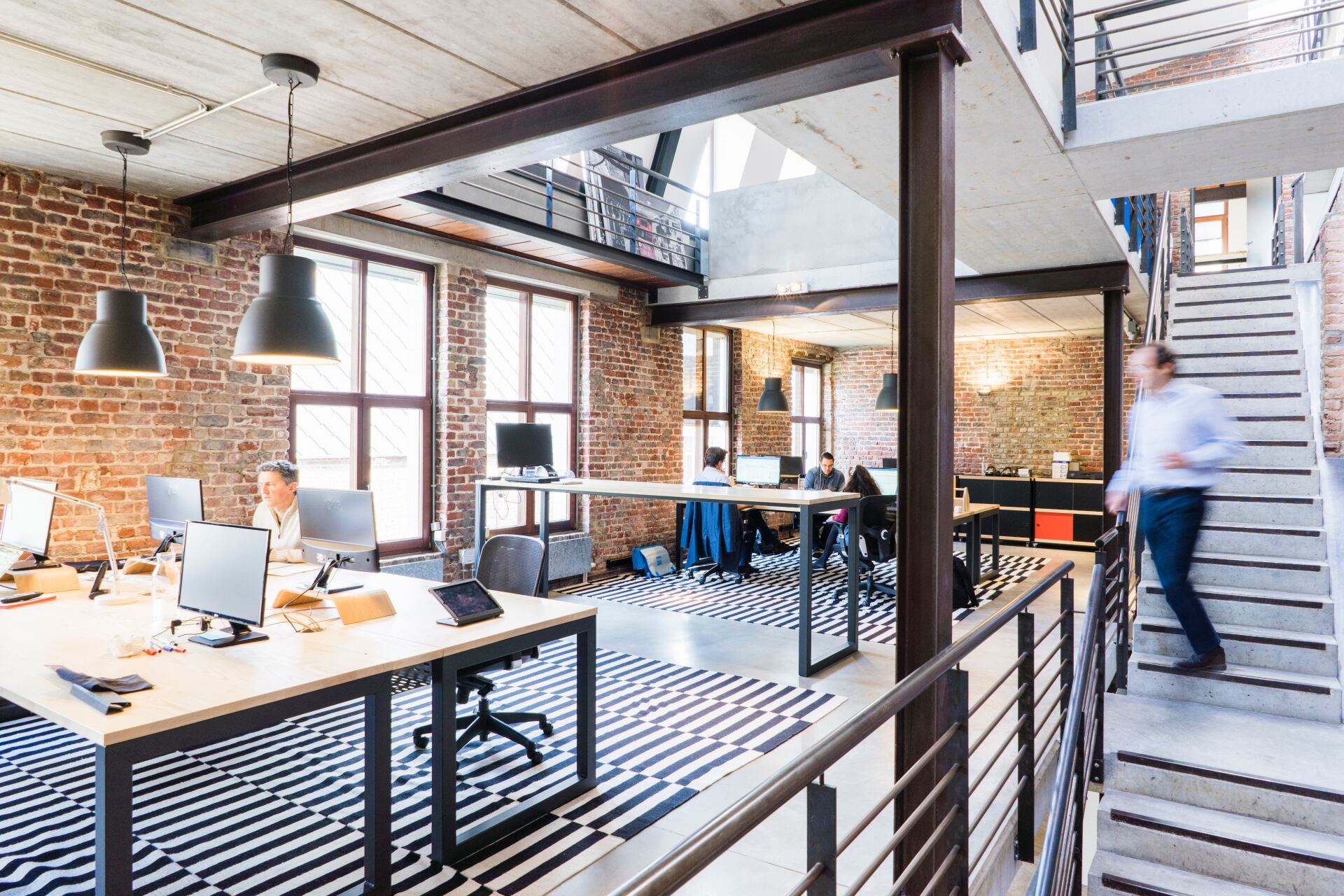

Coggin Sustainable Office Solutions, Lancaster New Road, Forton,
Preston, PR3 1AD

